Youngest Moche noble yet at Sipán site
Two thousand years ago, a young man was buried in the royal mausoleum next to a huge and brightly decorated Moche pyramid, now known as the Huaca Rajada, at the site of Sipán. Studies have been conducted on this recent discovery that have determined his age at time of death to be just 21, making him the youngest Moche noble yet found.
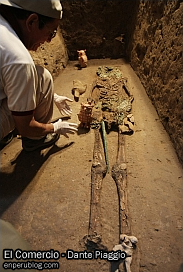
Tomb of the 21 year old
This is the important conclusion of scientific analysis conducted by physical anthropologist Luis Millones, who in the past weeks has studied the tomb of the mysterious youngster, determining his age and nobility, surprising considering his contemporaries died in their 40s.
Luis Millones and team had known about the tomb at the Sipán site, location of one of world’s archaeology’s most impressive discoveries in the form of the Lord of Sipán, since 2005. But due to budget restrictions they had never been able to complete the excavation.
However, in June this year they were able to resume work and were very surprised by what they found. Since then, studies have been frantic and ongoing by excited experts.
Millones has taken bone samples from the skeleton’s right foot, which have been sent to a lab in the US where they will undergo DNA analysis and Carbon 14 dating to determine both the exact age and the degree to which the young Moche was related to those in other tombs at the famous site.
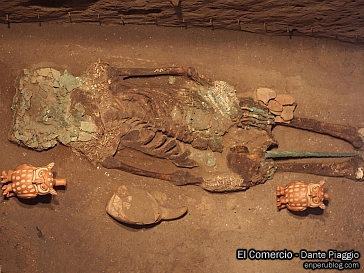
Youngest Moche noble discovered
For now though, the remains of the young noble have been excavated and removed from the tomb to determine locally whether the bones show any signs of violence, or any other kind of evidence to explain the cause of death.
Head of the Sipán site, Luis Chero Zurita, told reporters today that from the studies carried out so far, the team are ready to announce who they think the character was.
Based on the objects found in the tomb – two ceramic containers, two another owl-shaped ceramic items and a gold mask also of a owl – the team is lead to the conclusion that he served religious functions.
Speaking with a reporter from Peru’s El Comercio newspaper, he explained:
“Similar objects were found in tomb 14 of the warrior-priest, in which many details featuring owls are seen. There are other objects, like the tip of a metal club or spear, which also reveal that served military functions”.
Moche Origins

Owl ceramics
Luis Chero explains that the age of the noble found is not the only aspect of the burial that makes this find important. What is known as ‘tomb 15′ reveals details about the Early Moche period and that the Huaca Rajada was indeed occupied during this period.
“The fine pottery found in the depths of the tomb shows that it is a foundational tomb. It is a tomb from the beginnings of the Moche dynasty”, he told reporters.
Site archaeologists have yet more reasons to be excited by the find. Many extrapolate from the position of the corpse that a “main burial” of an older and more important ruler could be found nearby. Dead Moche rulers were always followed into the afterlife by many of the court, sacrificed for this purpose.
The thought that this young man could be one of those nobles and that an early Moche king, undisrupted by looters in thousands of years, is waiting to be revealed would excite anybody. Could a much older Lord of Sipán soon make headlines around the world?
The tomb 15 finds will make their way into the site museum in 2010.
Tags: chiclayo, huaca rajada, lambayeque, moche, ruins, señor de sipán, sipán




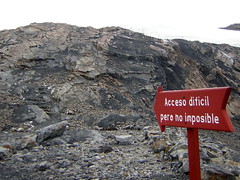

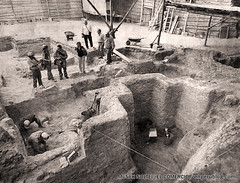

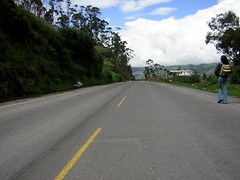

![Uru Chipaya face extinction through climate change [Featured]](http://farm4.static.flickr.com/3010/2682884000_4940f5ee1e_m.jpg)